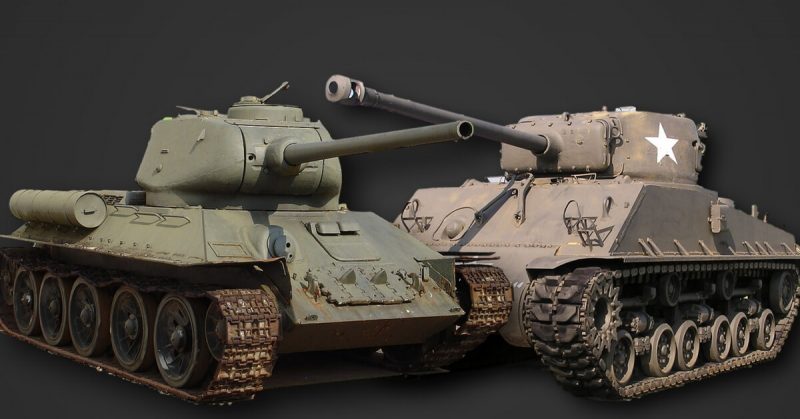Polls are very popular on the War History Online Forum and this week we look at the best allied tanks of World War II. Usually, when tanks from the Second World War are discussed, the focus quickly shifts to the German tanks, the Panther, and Tiger is usually the best tanks according to most members.
This time we had to pick from a list of allied tanks that saw action in the last months of the war and after more than 200 votes these are the results so far.
The majority of our members have voted for the Soviet T-34-85, the upgraded version of the T-34 which first saw service with the Red Army from the first to the last day of the war. The Sherman Firefly comes in on the second place, followed by the M-26 Pershing and the Sherman M4a3E8, the easy eight.
Far less popular among our members is the IS-2 Stalin tank and all the way at the bottom we find the British Tank, Cruiser, Challenger (A30), which has not received a single vote.
What our members think
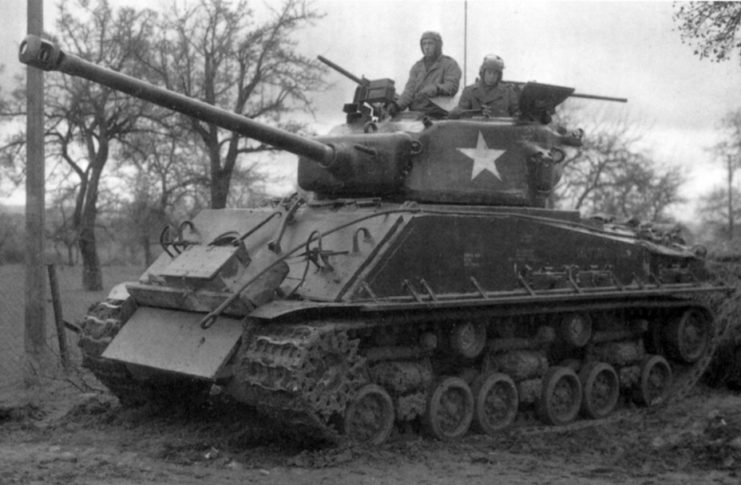
Billy Pierce votes for the Sherman Easy Eight:
The easy 8 stayed in American service until 1957, and in the IDF service until the 80’s, another long lasting tank! it was equally gunned to the Russian tanks used in the Korean war, and destroyed 41 enemy tanks from July to November in 1950. the 8 had better optics, better ammo, HVAP 76mm, and better trained crews. the 8 also was easier to maintain than other tanks. the only reason I bring up Korea is that it gives a comparison to the Russian T-34s.
With the HVSS suspension the 8 provided a smoother ride, and had wider tracks, making the crews less fatigued, and happier. the British armored units like the newer suspension as well.
lighter, faster and better armed, an all around easily maintained tank, and that’s why I feel it was the best all around tank of WW2.
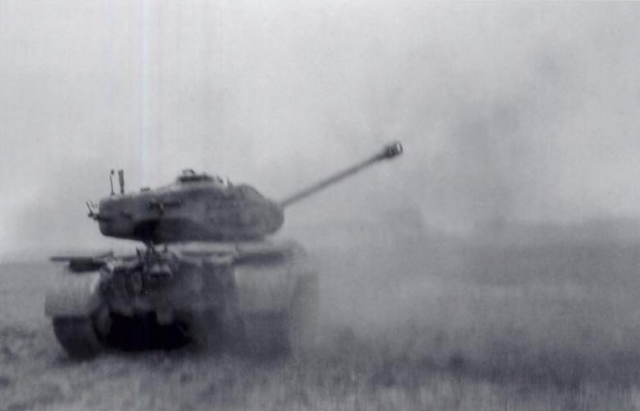
Barry Bauer’s choice is the M26 Pershing:
The T-26 Pershing easily had the best balance of armor, mobility and firepower of any allied tank with the possible exception of the IS-3 which saw action in the final days of the Battle for Berlin. Its 90mm main gun could defeat all German tanks and its frontal armor was good against all but the 128mm gun on the Jagdtiger or the 88mm L70 armament on the Königstiger at under 600 meters. Mobility, reliability and maintainability were also good. No Sherman or T-34/85 was its equal.
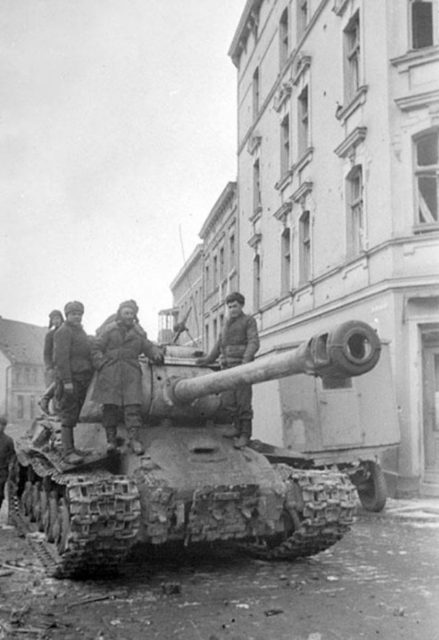
Koen van Geleuken thinks the IS-2 Stalin tank was the best Allied tank:
I’ll go with the opinion of many germans at the end of the war: stalin II! not perfect, but the most feared tank of the allied forces.
As for the sherman, especially the early models, we know that it took 5 shermans to kill a panther, and 6 to kill a tiger…..the sherman was a 1942 tank,brought to a 1944 tank war….
And even the pershing was no match for the tiger II – as they found this out, the yanks very quickly produced an extra-heavy version of the pershing,with a heavier gun and a piece of panther armour welded on to reinforce the armour protection! howver this tank never got to duel against a tiger II – the war was over.
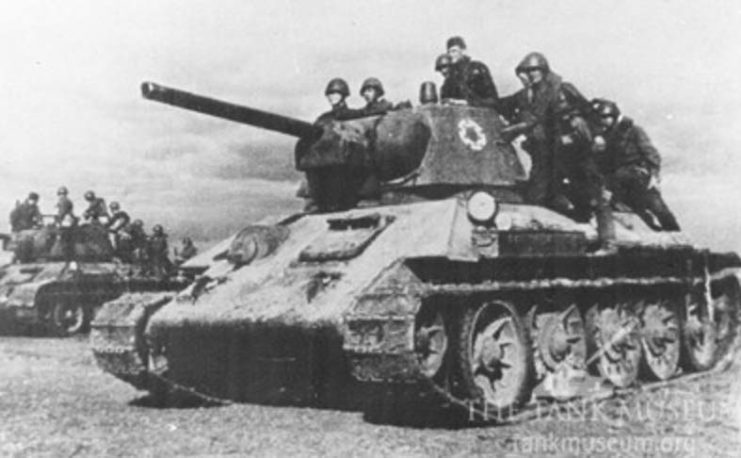
Marcin Terlecki’s vote goes to the T-34:
Technically, T34 was far better (relatively to german tanks) in 1941 than it was in 1945. T34-85 was still worse than say Panther. Yes, you could probably produce two T34 for one Panther…but the question is which allied tank was better, not cheaper. T34 was perfectly designed to soviet tactics but exactly that made it quite disposable tank, good in masses and used in masses.
So I believe that $1mln. worth wave of T34’s would be better that $1mln. wave of Sherman Fireflies…just because you would have far more tanks and that would made a difference in generic situation. But 1 to 1 T34 was not better than Firefly…despite what soviet propaganda claimed.
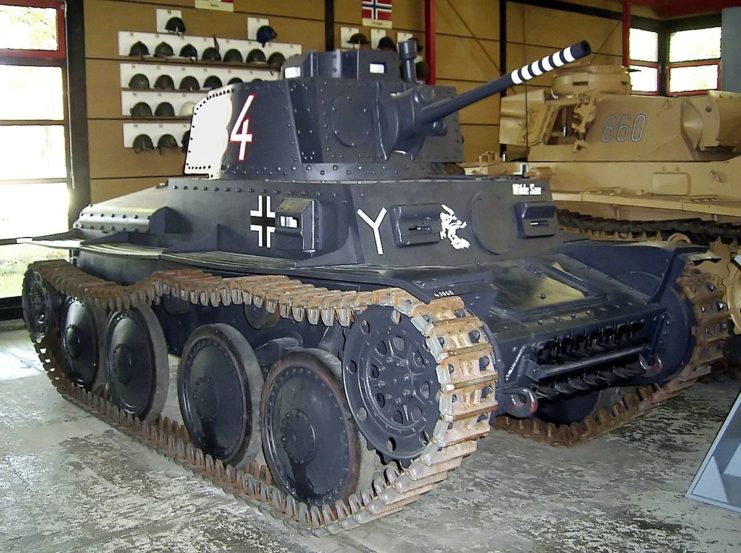
Ron Walker has added a totally different tank to the list, the Skoda Pz38(t):
Not really a contender for the title of “Best tank of WW2”, but assuredly worthy of mention in dispatches would be the Skoda Pz38(t)
It had just completed development when Hitler grabbed the remains of Czechoslovakia, including Plzen.(The historic birthplace of lager beer!) Production was taken up by the German army and (in my view) was one of the best tanks of the early years of WW2.Certainly better than the Panzer 1 and Panzer 2. It wasn’t a match for Russia’s T34 or KV tanks, but with small amount of modification (remove the turret, fit a captured Russian AA gun…) And it becomes the “Marder” which assuredly WAS a match for the T34. Later, the chassis and running gear became the basis for a Jagdpanzer 38(t) one of the best tank killers of the war, particularly when used appropriately from ambush.
Post WW2 the hetzer was bought by the Swiss army, and continued to be used for years. The Israelis tried to buy surplus Hetzers – but pulled out over disagreements about the price.
Take a look for yourself here War History Online forum and share your thoughts and opinions with like-minded members!
We will see you there!
